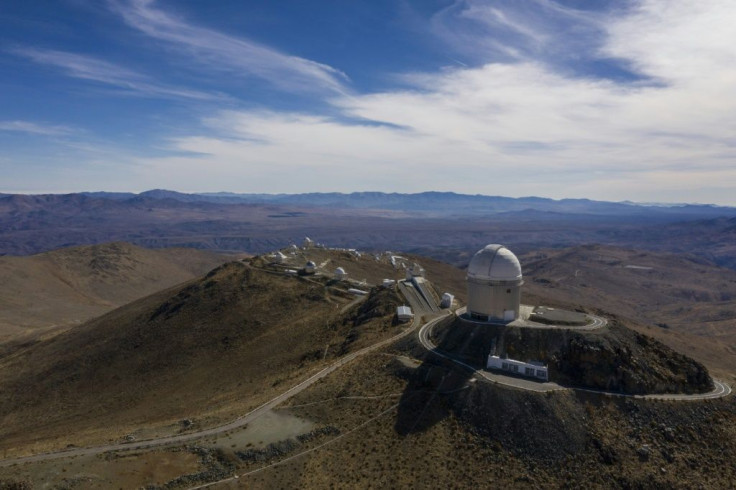Rare Red Sprites Spotted In The Chilean Skies: What Are These Streaks?
KEY POINTS
- Red sprites are formed due to large-scale electrical discharges generated high above thunderstorm clouds
- They are usually triggered by the discharges of positive lightning between an underlying thundercloud and the ground
- Sprites are short-lived, lasting few to tens of milliseconds
Red streaks have been observed above Chile's Atacama Desert near the European Southern Observatory's (ESO) La Silla Observatory. These streaks, called red sprites, are picturesque phenomena, rivaling the auroras seen in the skies.
Red sprites are a marvel of physics, and are usually seen at high altitudes in the Earth's atmosphere -- sometimes up to 50-90 kilometers (31 to 55 miles).
The photo shared by ESO on Twitter looks like a piece of art.
This Picture of the Week captures a very elusive phenomenon: red sprites. This is a form of lightning occurring well-above storm clouds, discharging electricity high up in Earth’s atmosphere at an altitude of 50-90km.
— ESO (@ESO) August 22, 2022
🔗 https://t.co/uykgr4AjUZ
Credit: @zdenek_bardon / @ESO pic.twitter.com/XAovz0Y64j
In the image, the red sprites appear lower on the horizon, due to the perspective of the camera, which is fixed on the platform of ESO's 3.6-meter (12-foot) telescope at La Silla. A green hue can be seen in the background, which is known as airglow.
ESO, explaining the phenomena, said in a news release, "During the day, sunlight knocks electrons away from nitrogen and oxygen in Earth's atmosphere and, at night, these electrons recombine with the atoms and molecules, causing them to shine."
Red sprites are a type of lightning occurrence that are formed due to large-scale electrical discharges generated high above thunderstorm clouds. They are usually triggered by the discharges of positive lightning between an underlying thundercloud and the ground.
On rare occasions, even large negative lightning can cause the sprites to form.
According to ScienceAlert, airglow can only be seen in very dark skies, devoid of light pollution. Because of La Silla's remote location, along with its high altitude and little to no light pollution, it is perfect for observing these unusual phenomena.
To the naked eye, the sprites have been described as "white-colored" from a distance, whereas brighter or closer discharges give a rusty-orange look to the viewer, according to spritechaser.com.
Centuries-old accounts of having seen them had been dismissed by the scientific community as folktales. But red sprites are very real and now have been documented thousands of times.
Even when credible pilots or scientists (including CTR Wilson, a Nobel Prize-winning physicist) vouched for red sprites, having seen them themselves, the scientific community ignored them willy-nilly, according to Farmer's Almanac.
The speculations were put to rest by scientists from the University of Minnesota when they captured photographs of red sprites in 1989.
Now, even though astronauts on the International Space Station have filmed them, the red sprites remain a rare occurrence, which only further mystifies this phenomenon.
These red sprites are short-lived, lasting few to tens of milliseconds, and are thus hard to capture, not to mention, the high altitudes at which they are formed.
Sprite hunting is a lot like fishing. Aim for favorable areas and hope for a bite. This was the whopper I caught one night. Full frame, high megapixel- nice to catch something that would go well as a poster size :) pic.twitter.com/BnJkxvDpmf
— Paul M Smith (@PaulMSmithPhoto) August 15, 2022
Fascinatingly, the red sprites occur in the form of different shapes and are named accordingly. Images of these different red sprites can be found on spritechaser.com

© Copyright IBTimes 2025. All rights reserved.





















